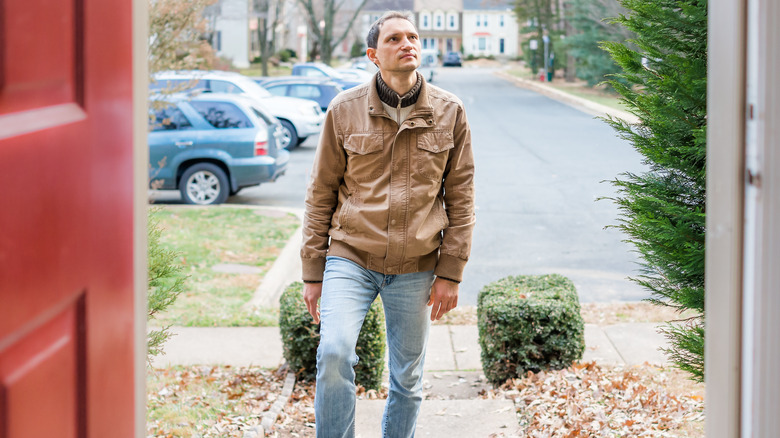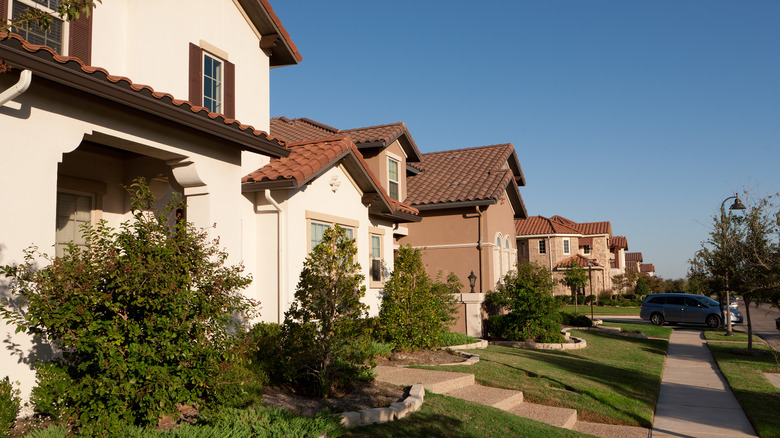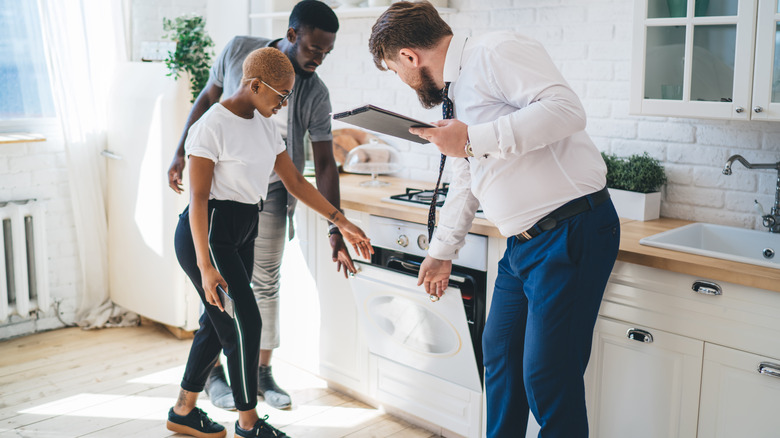Lyndsay Lamb's Clever Advice May Be The Secret To Selling Your Home Faster
Selling a home is a complex puzzle with many moving parts. You need to figure out how to price it, upgrade it, and stage it, all of which require a balance between being ambitious and realistic. The price needs to be right for you as the seller but also in line with the market, and the upgrades need to put the house in a good light while remaining appropriate for its value. Something that helps a lot with this is to compare your home with nearby properties.
For expert real estate agent Lyndsay Lamb of HGTV's "Unsellable Houses," analyzing nearby homes is great because it can give you a better understanding of the current market value and help you assess the potential return on investment for improvements. You can get insight into the standards of the area and how to upgrade your space to meet the expectations of potential buyers, while saving both money and time by making informed decisions and preserving your resources. Over-improvement can be a negative, so you should also take note of what you don't need to change.
Base home improvements on the area
Speaking about things to look out for in neighboring properties, Lyndsay Lamb advises sellers to check out the standard when it comes to key features like surface materials and floorings. "When a buyer in that neighborhood, or that pocket, is only expecting quartz countertops and tiled floor in the bathroom, there's no reason to spend the money to do a granite countertop and marble floor in the bathroom," she explained to Apartment Therapy.
In addition to monetary costs, there are also time considerations when you make an upgrade or change, so knowing the common features and amenities in your area means knowing which renovations to skip and which ones to focus on. This keeps expenses down, shortens the home preparation process, and gets you to the finish line faster. It also frees you up to focus on whatever is most likely to add significant value to your home and helps you reduce losses on your investment.
How to make the right choices
How do you go about this process? First, identify the homes that are most like yours so your comparison is more practical. Some factors to look out for are similar square footage, age, and layout. It will be easier to spot the differences when you compare your home to those with similar designs and conditions. They will show you if your home is ahead or behind in terms of upgrades and how well you're using your space.
"You have to match what that neighborhood, or what the buyers in that neighborhood, are expecting," advises Lyndsay Lamb (via Apartment Therapy). Like her example of the countertops and bathroom flooring, one thing you can do is check out the type of materials used around the house. Are they expensive, or do they just look expensive? Another thing to look out for is the quality of the kitchen appliances. Are they all the latest versions, straight out of the box? Or are they simple, classic appliances that do the job? Asking such questions will prevent you from replacing every single appliance or installing the most expensive countertops — especially when you don't need to.


